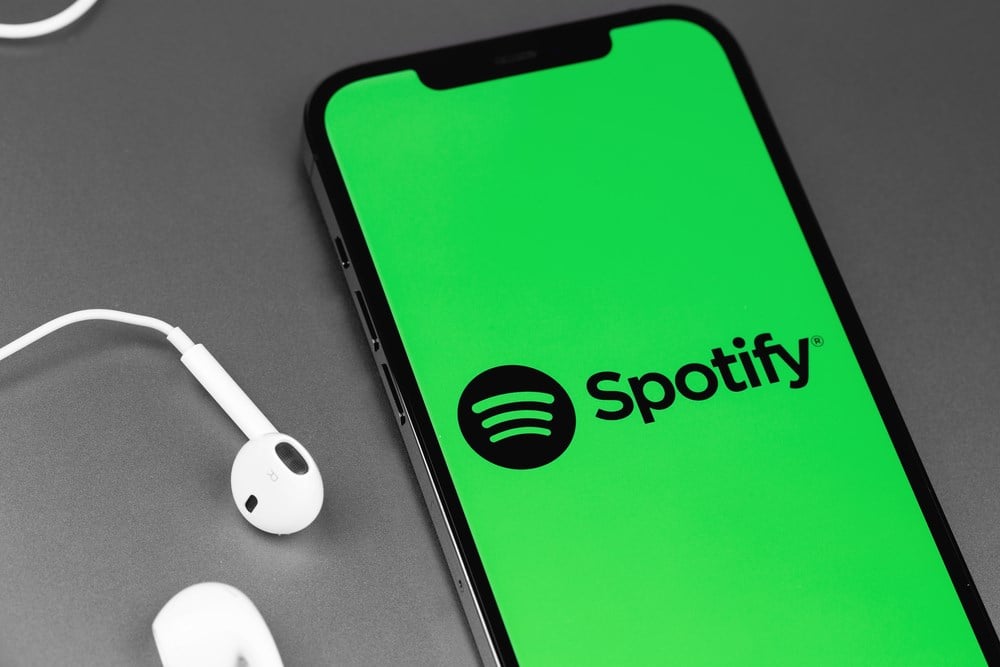
Shares of Spotify Technology (NYSE: SPOT) have been showcasing a recovery uptrend as of the past three quarters, after hitting a bottom during November of 2022 at $69.29 per share, the stock has risen by as much as 123% to reach today's price of above $155.0 per share. The recovery can be attributed to improving fundamentals in the business, alongside a technology industry-wide rally stemming from NVIDIA (NASDAQ: NVDA) announcing better-than-expected results and outlooks surrounding everything artificial intelligence.
Considering the massive amount of data that Spotify deals with, artificial intelligence is of central importance in allowing its everyday operations.
As the company becomes increasingly entrenched in the lives of everyday listeners, spread across different generations and music tastes, its market share consumption is beginning to show investors the benefits of achieving economies of scale and the subsequent power stance called 'pricing power.' Delivering more value to users is the main message for Spotify today. However, some of this value comes at a cost simultaneously enabled by the same pricing power abilities the business possesses. A new membership tier may not only serve to draw in more loyal users but also open up an entirely new path to reaching profitability.
Supremium
As other lossless audio streaming providers like Apple (NASDAQ: AAPL) and Amazon.com (NASDAQ: AMZN) releasing Apple music and Amazon music, Spotify decided to postpone the original prototype for this service, previously named 'Spotify HiFi'. Two years later, management has announced that the new and revised plan is soon to be released and renamed as 'Supremium' membership tier. This new feature will allow for lossless audio streaming along with other benefits; pricing is still up for discussion, though users can be sure that it will be higher than the current 'Premium' tier, which costs $9.99 per month.
Perhaps the marketing departments at Spotify waited until enough market data was derived from competitors offering rival products to see where the gaps were shown with users and to get a sense of the 'elasticity' of pricing such products. In this case, price elasticity would point to the relationship between price increases/decreases as a function of the rate of increase/decrease in users due to these price changes. Now that two years have passed, the amount of elasticity and good or bad reviews are available for Spotify to synthesize their last laugh.
Despite inflation concerns consuming the minds of the global base of Spotify consumers, monthly active users grew to 515 million as of the first quarter of 2023, sporting a year-on-year growth rate of 22%. Of these 515 million, 210 million - 40.8% - were Spotify premium subscribers paying the $9.99 monthly fee. Despite economic and recessionary concerns, a 15% growth in the total premium subscriber user base over the past twelve months is a testament to the pricing power and entrenchment Spotify has achieved with its underlying user base.
Headed Up?
Management has guided toward full-year 2023 monthly active users reaching 530 million, out of which 217 million will be considered premium subscribers. This would represent a 0.2% improvement in the active user mix as more users are set to pay the monthly fee, alongside advertisement revenues, the company as a whole is set up to beat estimates now that the new membership tier is underway. What is the natural result for investors in Spotify, compared to what they are seeing in Spotify's financials today.
Considering today's perception of just how much Spotify is worth, there appears to be an apparent disconnect that investors can exploit, even before the effects of the new and more expensive membership tier kicks in. Trading at a price-to-sales ratio of only 2.2x will mark one of the lowest ranges for the company since COVID-19, and even worse, placing it below other riskier investments with loads of geopolitical risks. Baidu (NASDAQ: BIDU) is assigned a 2.9x price-to-sales ratio, implying that investors,, in general,, see more quality and less risk in the underlying revenue generated by Baidu rather than that in Spotify.
On top of many seemingly obvious tailwinds, Spotify has averaged 200 million Euros in positive free cash flow over the past two years. However, it has yet to report positive net income and subsequent earnings per share. The main reason for the discrepancy between free cash flow (a proxy for earnings) and net income, as reported, comes from the 'Share-based compensation expense' line item in the company's cash flow statement, coming in at $105 million for the first quarter alone. This is typical of a younger, high-growth company, as they still need to afford attractive salaries to hire talent; compensation via stock options and equity in the business is where management finds a good balance.













